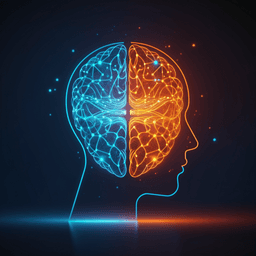
Psychology
Enhanced efficiency in the bilingual brain through the inter-hemispheric cortico-cerebellar pathway in early second language acquisition
Z. Gracia-tabuenca, E. B. Barbeau, et al.
Resting-state fMRI in 151 participants shows bilinguals have higher global brain efficiency and enhanced connectivity between association networks and the cerebellum, with earlier second-language acquisition linked to stronger effects. Research conducted by Zeus Gracia-Tabuenca, Elise B. Barbeau, Shanna Kousaie, Jen-Kai Chen, Xiaoqian Chai, and Denise Klein.
~3 min • Beginner • English
Related Publications
Explore these studies to deepen your understanding of the subject.







